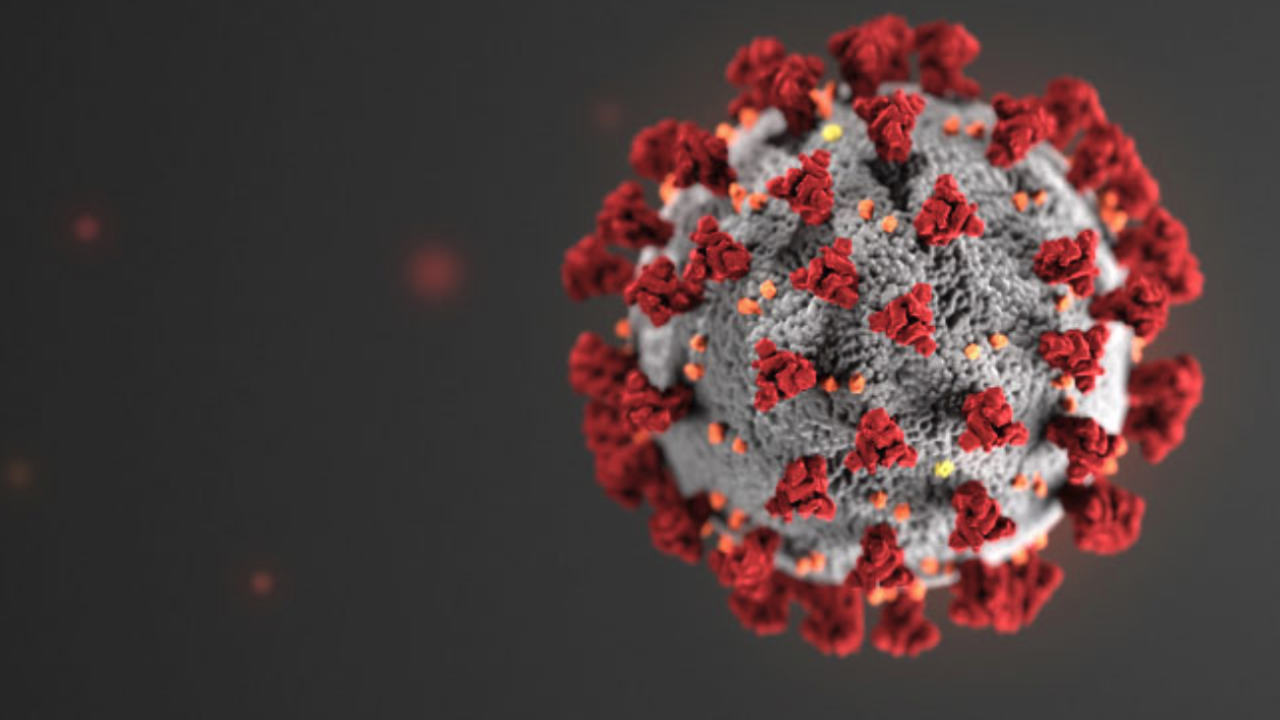Patient presents with bilateral bulging varicosities
By Ajit Naidu, MD
An estimated one-third of the population in Western countries has untreated venous disease.[i] Some of these individuals have lived with debilitating symptoms of venous insufficiency for a decade or more because their primary care physicians or OB/GYNs have told them that the only treatment is compression stockings or diuretics.
Others with problematic venous anatomy — tortuous veins, calcifications or thrombus in vein segments, refluxing veins below mid-calf — may have been dissuaded from treatment by vein specialists who prefer catheter-based thermal ablation. And then there are patients who’ve had previous thermal ablation or phlebectomy for varicose veins and vow never to repeat uncomfortable procedures involving multiple needle sticks, numerous incisions, bruising, and significant recovery time.
The sclerosing agent is also ideal for patients who have been previously treated with thermal ablation but still have refluxing veins. In addition, I use microfoam sclerosant therapy to shut down refluxing veins and varicosities contributing to stasis dermatitis and venous ulcers.
Not only does polidocanol microfoam expand the types of difficult venous problems I can treat, the procedure is much more comfortable for patients; one stick with a 22-gauge needle and one injection of endovenous microfoam are often all that are required to shut down a refluxing vein. Microfoam sclerosant therapy has allowed me to significantly decrease the number of phlebectomies I perform.
Technically, administering polidocanol microfoam is a very simple procedure, requiring less skill to acquire venous access than laser or radiofrequency ablation, and there is no tumescent anesthesia to administer. But because the procedure is duplex ultrasound-guided, it requires the assistance of an ultrasound technician.
The primary complication risk of microfoam sclerosant therapy is deep venous thrombosis, and the key to preventing this is good technique with occlusive pressure at the junction of the attachment to the deep venous system. None of the more than 1,000 patients in the VANISH-1 and VANISH-2 clinical trials experienced clinically important neurological or visual adverse events suggestive of cerebral gas embolism.[ii],[iii] In addition, Varithena contains only trace amounts of nitrogen (< 0.8%), greatly reducing the risk of gas embolic adverse events reported with physician-compounded foam mixed with room air.
The new CPT code for Varithena simplifies reimbursement and has created a quantum leap in the number of insurers who cover the procedure, although I would like to see coverage expanded to lesser saphenous veins (LSV). In my practice, I’m striving to use polidocanol microfoam for every patient with venous insufficiency except those with perforator veins.
CASE STUDY
“Andy,” a 77-year-old retired factory worker, had severe venous disease. He also had life-limiting arterial disease with chest pain, shortness of breath, bilateral limb pain, and edema—and smoked 16 cigars each day.
After we treated his arterial disease with bilateral SFA revascularization procedures, we addressed his long-standing venous disease. Despite more than a dozen laser ablation treatments and multiple plebectomies, Andy continued to have significant reflux from partially thrombosed veins. One of Andy’s greatest joys was to fish for paddlefish in the Mississippi, which he could no longer do because his venous disease made it impossible for him to stand for prolonged periods.
Additional laser ablation treatments were not possible, because the veins were partially occluded and tortuous. I worried that Andy’s chronic venous insufficiency would progress and that he would require long-term analgesic medication for leg pain. Polydocanol microfoam was the only option to treat Andy’s venous insufficiency, and it was successful.
When I first met Andy in 2011, he had life-limiting claudication with bilateral superficial femoral artery (sfa) stenosis and severe venous insufficiency with cramping at night and an inability to stand for extended periods of time. Lower extremity venous duplex showed that his right GSV was partially thrombosed and also fed large varicosities, the right anterior tibial vein (ATV) had incompetent perforators, as did the left ATV. He had severe reflux in his left GSV, which was also partially thrombosed and led to large varicosities. His LSVs were also noted to be incompetent.
We initially performed his arterial revascularizations and observed a resolution of his arterial claudication symptoms. Despite this intervention, Andy continued to have bilateral limb pain and cramping in his calves at night and heaviness in his legs. This marked the beginning of multiple attempts at treating his venous insufficiency with laser ablations and his varicose veins with phlebectomy.


We initially tried to wire the partially thrombosed GSV veins. We were able to enter and laser portions of the veins but ultimately were unsuccessful because we were unable to place a sheath and laser across the length of the vein because the partially thrombosed areas did not allow the sheath and laser to pass. We even tried—unsuccessfully—to use an angled stiff glide wire in an aggressive attempt to traverse the thrombosed areas in the vein. We were, however, able to ablate his LSVs bilaterally.
Subsequently, Andy had laser ablations of his anterior accessory veins bilaterally and had a repeat arterial revascularization of his right and left SFA. Despite these interventions Andy continued to have issues with severe venous insufficiency that interfered with his daily activities, including sleep disturbance but, most importantly, his ability to catch paddlefish and gather their caviar.


A lower-extremity venous ultrasound showed bilateral bulging varicosities with severe reflux. Andy’s right GSV and left GSV had severe reflux and were partially thrombosed throughout the veins and had scarring from chronic thrombus. Varithena had recently become available, and in June 2017 we ablated Andy’s left varicose vein with percutaneous endovenous microfoam.
Prior to the procedure, we mapped the major varicosities into the GSV as well as the location of perforating veins, both competent and incompetent. Using ultrasound guidance, we inserted a 23-gauge needle with a winged infusion set through the skin into Andy’s left varicosity. Once the tubing of the infusion set was filled with venous blood, we administered 10cc of Varithena through the winged infusion set into the varicose vein to fill the varicosity with the drug. We manipulated the ultrasound probe to assist with the evacuation of blood from the target veins to improve vein filling with the drug.
During intravenous access into the varicosity, Andy was asked to dorsiflex his ankle to limit flow of the drug into perforating veins. Once spasm had been confirmed in the treated veins, the mapped and treated veins were once again scanned extensively with ultrasound to confirm vascular spasm. We removed the winged infusion needle and the vascular catheter from the leg and applied light pressure over the puncture sites for hemostasis. We evaluated the common femoral and femoral veins for flow and compressibility prior to placing the dressing. We placed a short stretch wrap on Andy’s leg from the distal foot up to the groin. Andy walked for 10 minutes after the procedure.
A week later, Andy underwent a second polidocanol microfoam procedure for the problematic partially thrombosed right GSV and, subsequently, the left GSV. Microfoam sclerosant therapy successfully ablated Andy’s varicose vein, right GSV, and other varicosities. Andy was now able to stand for hours without discomfort and resume his passion of fishing.
Polydocanol microfoam offers a new and valuable tool in the armamentarium to treat venous insufficiency, and, for patients such as Andy it is essential to complete treatment.
As applied to the treatment of venous insufficiency in the general population, Endovenous microfoam sclerosant therapy offers multiple technical advantages including ease of use, decreased technical difficulty, and increased patient comfort.
Microfoam sclerosant therapy can also treat a wide range of vein shapes and diameters as well as CEAP clinical class C2-C6 without incisions or wires or thermal injury risk to skin, nerves or surrounding tissues. VTN

Ajit Naidu, MD, is CEO of the Cardiovascular Institute of the Shoals in Florence, Ala., and is a speaker at vein and heart conferences, including the just completed International Vein Congress in Miami. In addition to being a published author, Dr. Naidu has served as an investigator for multiple national clinical trials. He was the first physician in the Shoals to offer radial artery cardiac catheterizations and coronary interventions, laser varicose vein ablation, and advanced techniques in peripheral vascular intervention.
CITATIONS
[i] Fowkes FG, Evans CJ, Lee AJ. Angiology. 2001; 52: Suppl 1: S5-15.
[ii] King JT et al. Eur J Vasc Endovasc Surg. 2015; 50:784-793.
[iii] Todd KL 3rd, and Wright DI. Phlebology. 2014; 29(9):608-618.



